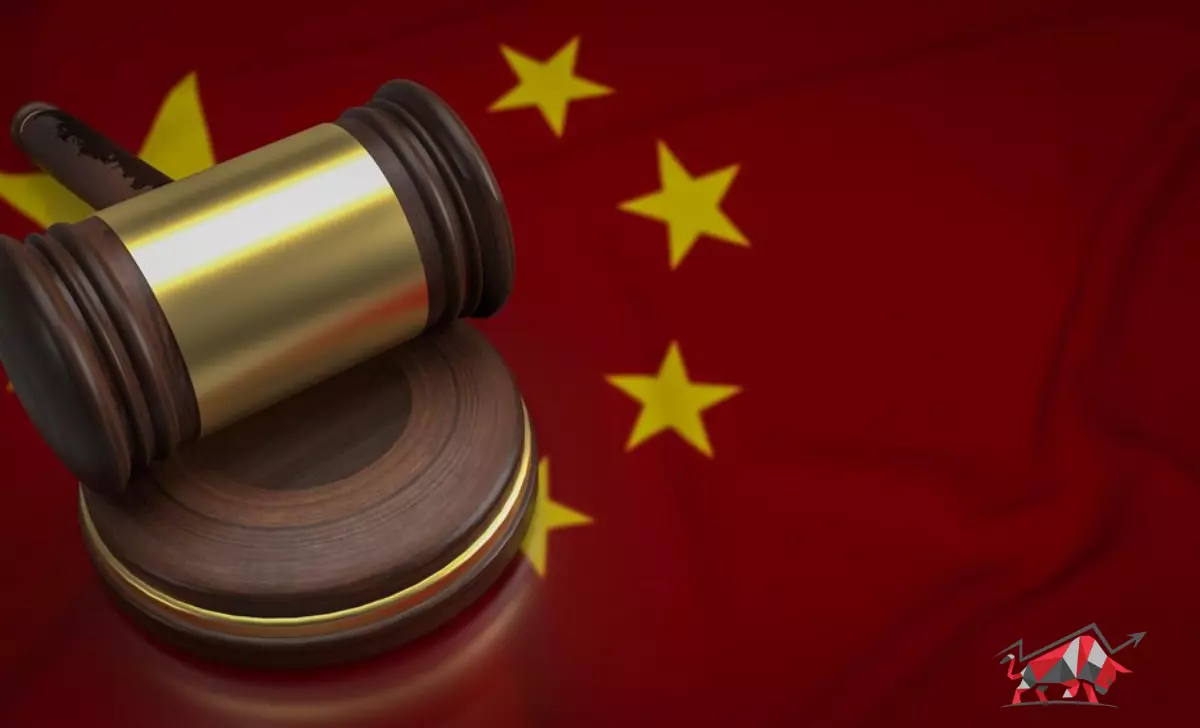China is poised to usher in a new era of artificial intelligence (AI) governance as its pioneering “Generative AI Measures” are set to go into effect on August 15. Crafted through a collaborative effort between six influential government bodies, including the Cyberspace Administration of China, the National Development and Reform Commission, and the Ministry of Science and Technology, these regulations mark a significant stride towards managing the burgeoning AI landscape.
Unveiled on July 10, these innovative guidelines are touted as the first of their kind to be introduced in China, capitalizing on the nation’s burgeoning AI sector. Coincidentally, the very agencies that were instrumental in shaping these rules are tasked with overseeing their implementation, ensuring a seamless transition into this new regulatory landscape.
A comprehensive set of 24 directives constitute these “Generative AI Measures,” each bearing significant implications for AI service providers and the content they generate. Foremost among these requirements is the mandatory registration and subsequent security scrutiny that platforms offering AI services must undergo before their products are released to the public. A stringent approach to quality control and safety standards is evident in these prerequisites.
The Chinese government, in a move toward transparency and accountability, will mandate distinct labels for content that is artificially generated. This endeavor seeks to foster a heightened awareness among users about the origin and nature of the content they engage with, reinforcing the nation’s commitment to responsible AI deployment.
A key aspect of these measures pertains to the sourcing of data and foundational models. The regulations expressly stipulate that all data and foundational models used should originate from “legitimate sources,” thereby safeguarding the intellectual property rights of creators and upholding the principles of consent. Furthermore, this directive underscores a commitment to protect user privacy, bolstering the ethical foundation of AI development and utilization.
China’s AI Regulations to Promote Innovation while Tightening Content Oversight
The overarching objective of these regulatory changes is to establish a delicate balance between state oversight of technology and fostering an environment conducive to innovation within the AI sector. Simultaneously, China finds itself engaged in an understated rivalry with the United States, particularly in the domain of advanced AI systems and the underlying processing chips. Both nations have been striving to outpace each other in this pivotal technological arena.
In stark contrast to China’s proactive approach, the United States is only at the initial stages of contemplating AI regulations, lacking concrete guidelines that are poised to take effect anytime soon.
Across the Atlantic, the European Union (EU) has embarked on a significant legislative journey. The EU parliament, on June 14, achieved a milestone by passing the AI Act bill. This comprehensive legislative framework spans member states and is designed to orchestrate AI regulation within the bloc. As the bill progresses toward becoming law, EU members are expected to partake in negotiations to finalize intricate details.
However, since the passage of the AI Act bill, prominent technology giants have voiced their concerns. These companies are urging EU officials to adopt a more lenient stance regarding rules associated with open-source AI models, advocating for greater flexibility in this regard.


